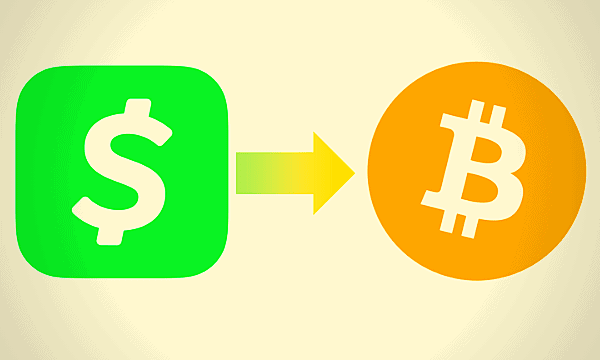Will Bitcoin’s Halving Have Less Price Effect Over Time? This Analyst Says No
With Bitcoin (BTC)’s next halving only five months away, investors are excited about whether the event can catalyze another epic bull market similar to years past.
Mitchell Askew – Head Analyst for Blockware Solutions – is optimistic: not only does he predict more gains to come, but that the halving’s effect will retain its exponential strength in future cycles as well.
Bitcoin Halving VS Price
Askew’s theory bunks conventional wisdom stating that both Bitcoin (BTC) and the halving are subject to the law of diminishing returns – meaning the more money invested into an asset, the smaller investors’ profits become.
“Price is set at the margin,” wrote Askew in an X post on Monday. “The only trade that matters when determining the BTC price is the next one. If no more sellers remain at $40,000, and the next ask is at $50,000, price immediately jumps up.”
The Bitcoin halving is a roughly one-in-four-year event in which the supply of new BTC issued by the network after each block is cut by 50%. Given that the crypto market tends to move in four-year cycles, many theorize that the halving is responsible for kickstarting bull market years through a BTC supply squeeze.
That said, many also believe the multiplier effect caused by these halvings will diminish over time. Bernstein, for example, predicted last month that BTC will peak next cycle at $150,000 in 2025, due to the “ law of large numbers.”
Why Bitcoin Can Still Rise Parabolically
Some also believe cycles will phase out across time as the existing BTC supply becomes so large as to make future, smaller halvings irrelevant.
Yet according to Askew, such logic is flawed in the context of BTC. since it “doesn’t account for the amount of supply that’s available, which decreases over time as HODLers accumulate.”
Indeed, HODLer accumulation is noticeable on-chain. Glassnode data indicates that Bitcoin’s “available supply” – defined as coins that have moved within the past 155 days – is now near historic lows.
Another factor is adoption: with most average people still having no exposure to BTC, an unprecedented “parabolic” wave of new network entrants could still throw all previous price patterns to the wind.
“The total addressable market for BTC is every ounce of wealth/savings in the world,” wrote Askew. “At some point, an unfathomable amount of demand will penetrate the market.”
Bitcoin’s price surged to $44,500 last week but has since cooled to $41,130 after a mass liquidation event on Sunday.
The post Will Bitcoin’s Halving Have Less Price Effect Over Time? This Analyst Says No appeared first on CryptoPotato.









